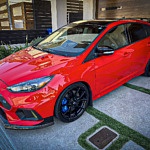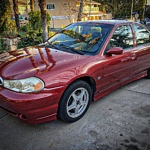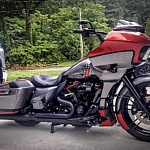Contents
Even the world’s best-designed vehicles have blind spots. The layout of pillars, rear windows, and mirrors can’t account for every single line of vision to the outside world. And where you can’t see, danger lurks. Thankfully, an aftermarket blind spot detection system can help.
Does your current car, SUV, or truck lack blind spot detection? No big deal. Aftermarket systems can be added to any vehicle, regardless of make, model, or vintage.
Shop now for a blind spot monitor
How Do Blind Spot Detection Systems Work?
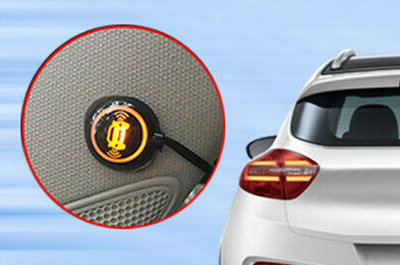
When the system’s computer detects a car in the blind spot zone, it triggers a warning light. Carmakers commonly place the warning lights in the side-view mirrors. Aftermarket systems often mount the indicators in the A-pillar or door trim.
Systems use GPS antennas to trigger a warning. But only at speeds above about 15 miles per hour. Detection usually extends about 40 and 80 feet behind the vehicle.
If the blind spot system includes lane-change alerts, the vehicle will consider your intention to shift lanes—as soon as flip the turn signal. If your blinker is on and there’s a car detected in the adjacent lane, the warning light will flicker faster and a loud buzzer will sound. These warnings can be a lifesaver.
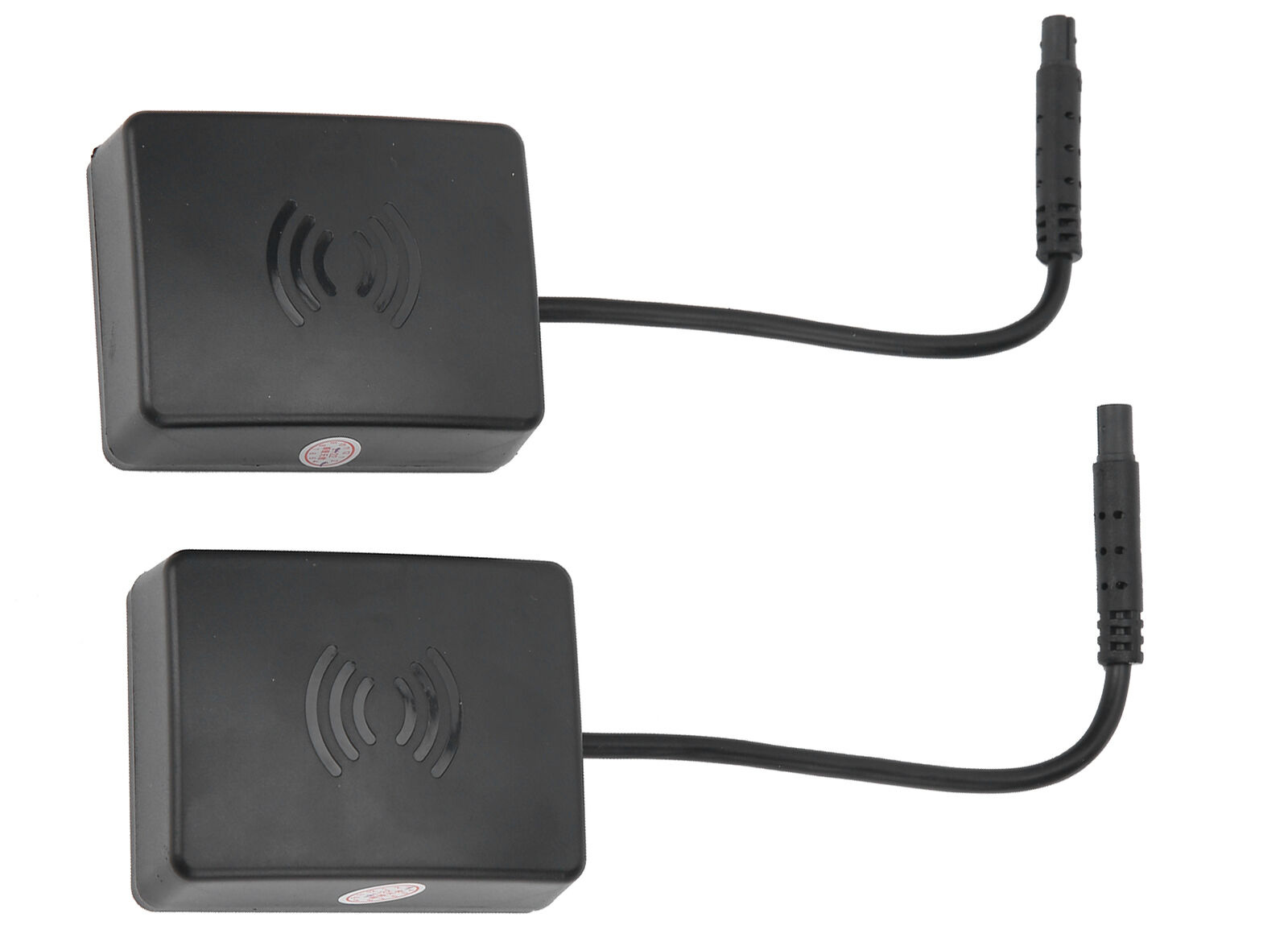
Lane alert sensors.
How Much Do Aftermarket Blind Spot Detection Kits Cost?
Blind spot detection kits for sale on eBay have a wide price range. The street price for systems from the most notable and trusted manufacturers start at about $500. The list of those brands includes Audiovox, Boyo, Brandmotion, Ecomaster, Pioneer, and Rydeen.
Brandmotion’s RDBS-1500 is a high-end system “based on components validated by Toyota.” This offering, which delivers an experience similar to a factory-supplied system, is about $700. The sensors seamlessly integrate behind the bumper.
Audiovox, Boyo, Pioneer, and Rydeen offer blind spot detection systems that mount on the license plate. This design usually starts below $500. License place systems that also include rearview cameras tend to cost more. (Take note that some manufacturers provide warranty coverage only with purchases from authorized dealers.)
Why Are Some Systems More Expensive Than Others?
The most advanced aftermarket systems detect danger from more perspectives. They match the features of safety systems on new vehicles. Kits with features like rear cross-traffic warning and lane change alert are more expensive.
Moreover, they need to connect with the vehicle’s controller area network (CAN)—sometimes via the onboard diagnostics port.
What’s the Difference Between Radar and Ultrasonic Sensors?
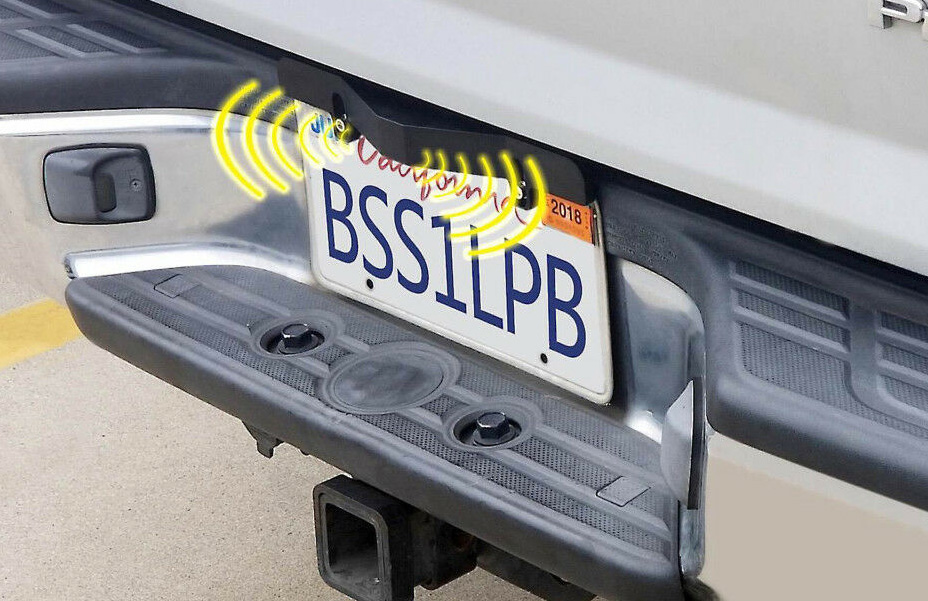
Rydeen license-plate system
Radar sensors use high-frequency radio microwaves, while ultrasonic sensors rely on high-pitched sound waves. Radar’s electromagnetic microwaves are significantly faster and cover more range than ultrasonics.
Aftermarket blind spot detection systems from Audiovox, Boyo, Brandmotion, Pioneer, and Rydeen use radar sensors.
Ultrasonic sensors are generally used for short-range proximity detection. They can help you slowly back up or pull into the garage without hitting anything.
Which Companies Manufacture the Components?
The list of companies making blind spot components is a who’s who of top tier suppliers. The firms include Aisin, Autoliv, Bosch, Continental, Delphi, Denso, Hella, TRW, and Valeo.
These automotive suppliers sell the gear used by automakers for a wide range of assisted driving and related safety systems. But they don’t offer aftermarket add-on blind spot detection systems to the public.
Can I Install an Aftermarket Blind-Spot Monitoring System?
Installing a blind spot monitoring kit is not rocket science, but you need a base level of mechanical skills and tools. Running the wiring through the trunk and cabin is the most time-consuming task.
- License plate blind spot monitoring systems are the most appropriate DIY installations.
- Blind spot systems that mount sensors inside the rear bumper are more advanced. If you’re comfortable removing and remounting the bumper cover, you should be able to get the job done. Brandmotion estimates about four to five hours for a complete installation.
There’s another major consideration. Radar sensors that hide behind the bumper function only with plastic bumper covers. If you have an old-school chrome rear bumper, you’ll need to opt for a license plate system.
What About Blind Spot Cameras?
Brandmotion, Echomaster, Rydeen and others sell blind spot cameras for various trucks and vans. These are pure visual systems that lack radar, warning lights, and buzzers. The cameras are mounted on side-view mirrors and license plates.
Read this: Eliminate Blind Spots with an Add-On Backup Camera.
Is Blind Spot Monitoring Worth It?
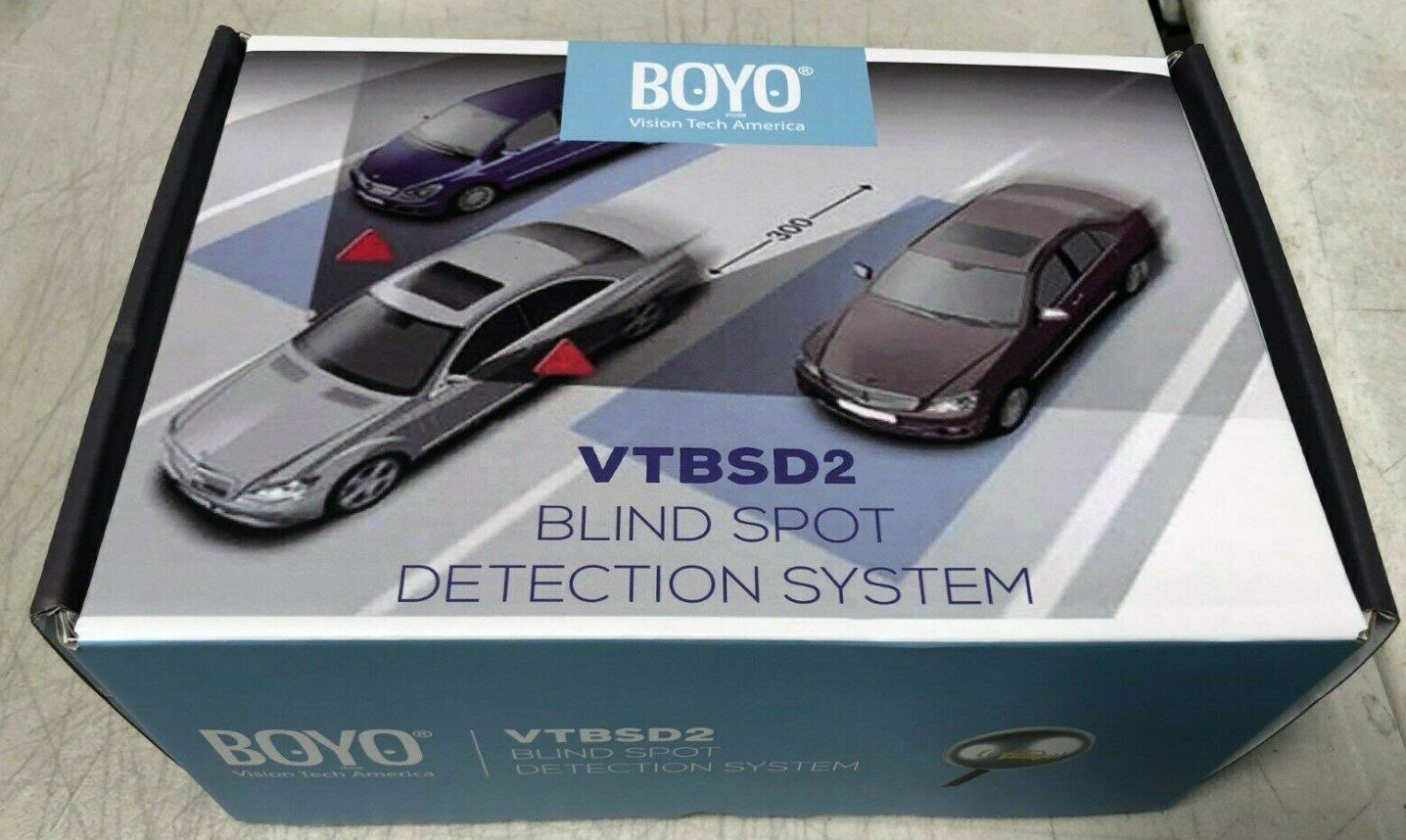
Boyo sells a complete system with bumper-based sensors, two lights, and alert buzzer for less than $300.
Consumer Reports ranks the Chevrolet Camaro, GMC Terrain, Kia Stinger, and Toyota C-HR among the worst offending new vehicles with regard to blind spots. While most new recent vehicles offer blind spot detection as an option (or bundled in a package), Toyota provides it free of charge on every car, truck, van, and SUV they sell.
Every driver and vehicle combine into a unique geometry. Carefully adjusting your mirrors before every trip can significantly reduce the blind spot area.
But there’s the only way to discover the blind spots in your car or truck—and the level of need for an aftermarket system. And that’s by paying careful attention to what you can and cannot see from your perspective.
If your vehicle has significant rear visibility issues, a blind spot monitoring system is worth every penny. Installing an aftermarket kit will bring peace of mind, a sense of achievement, and the potential to prevent an accident. You can’t put a price on those things.


